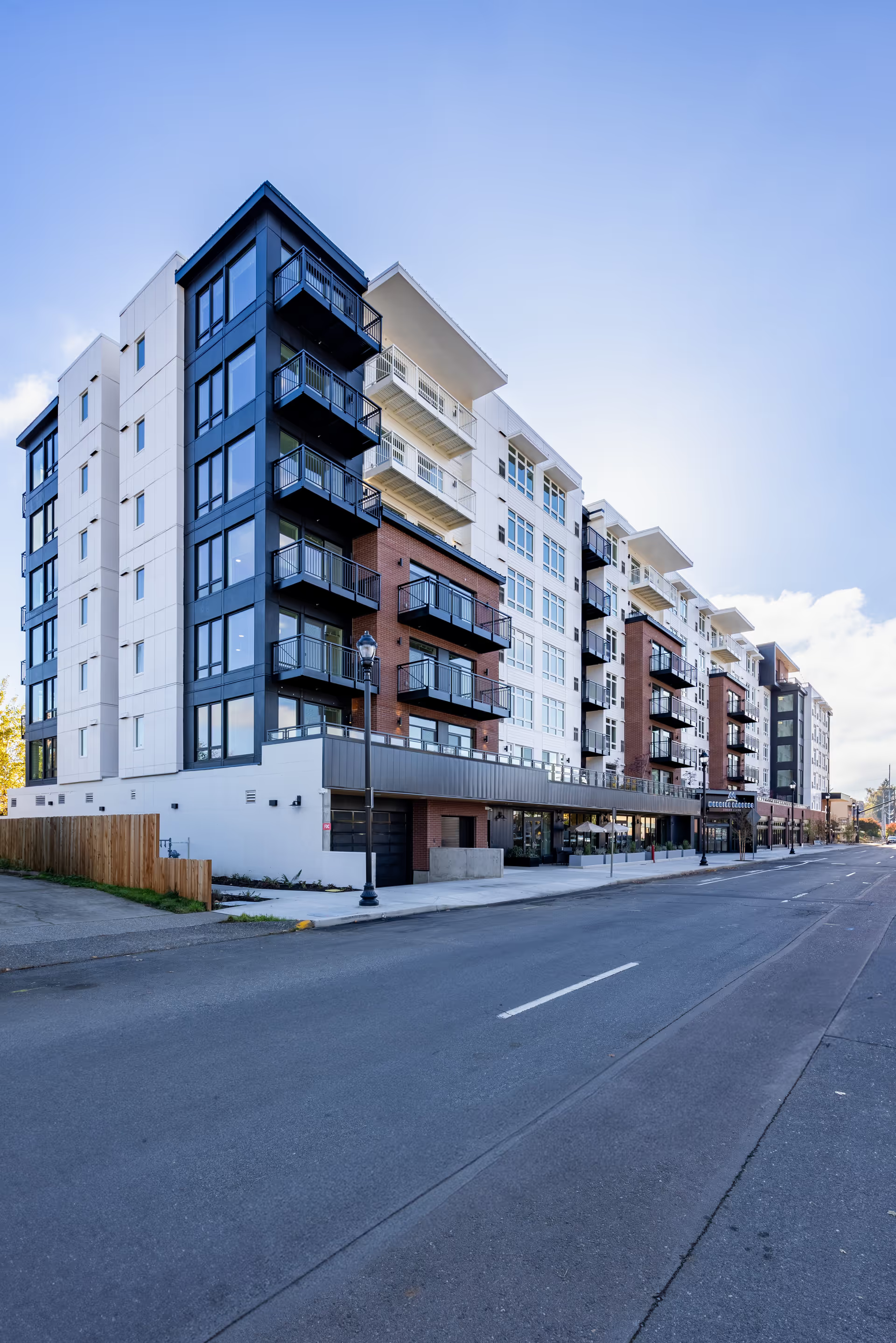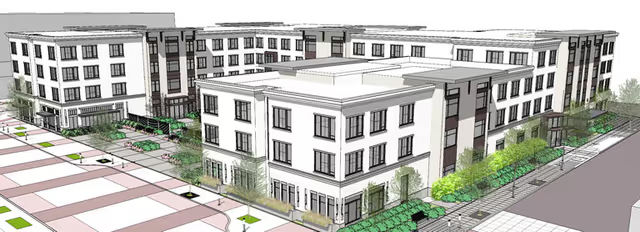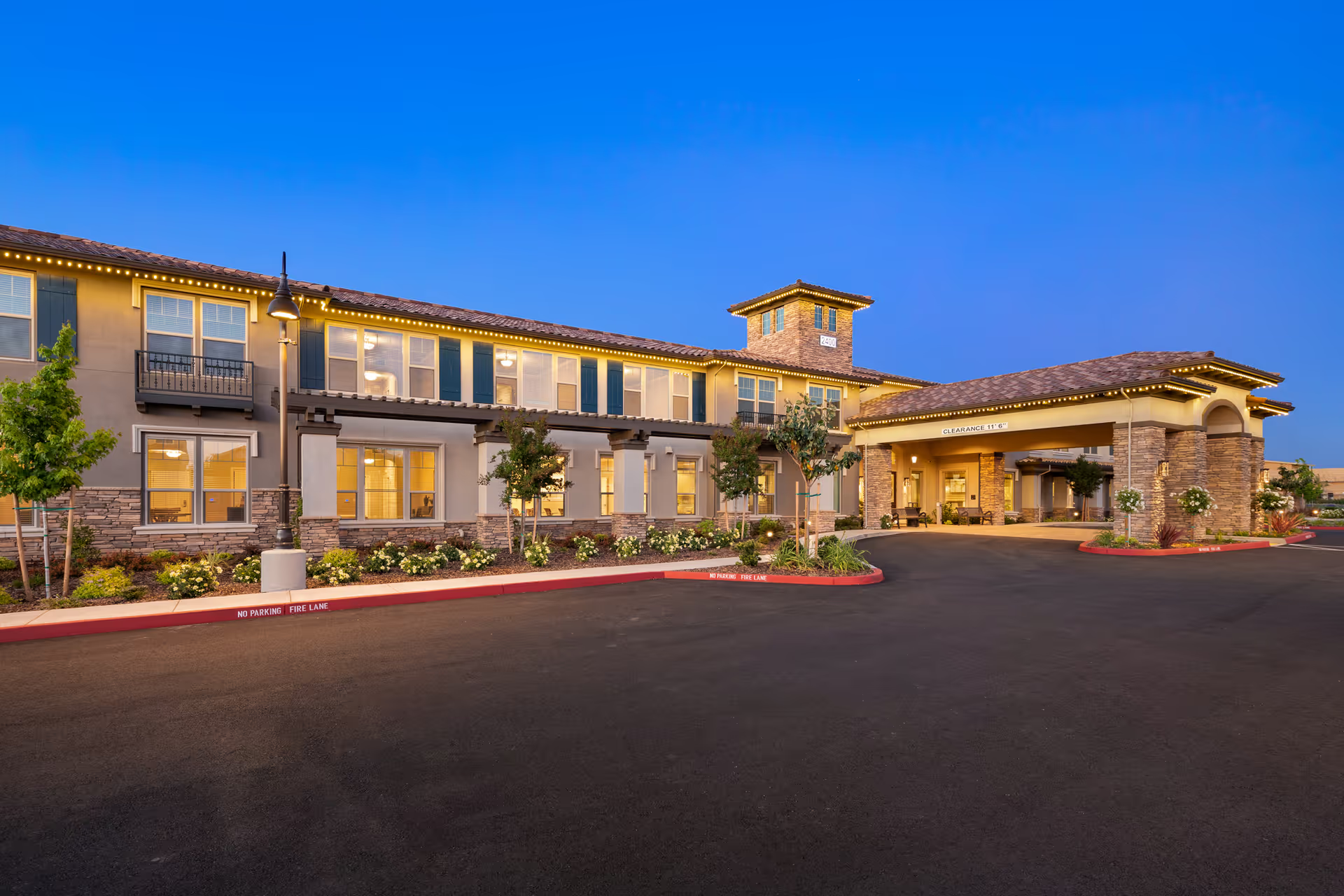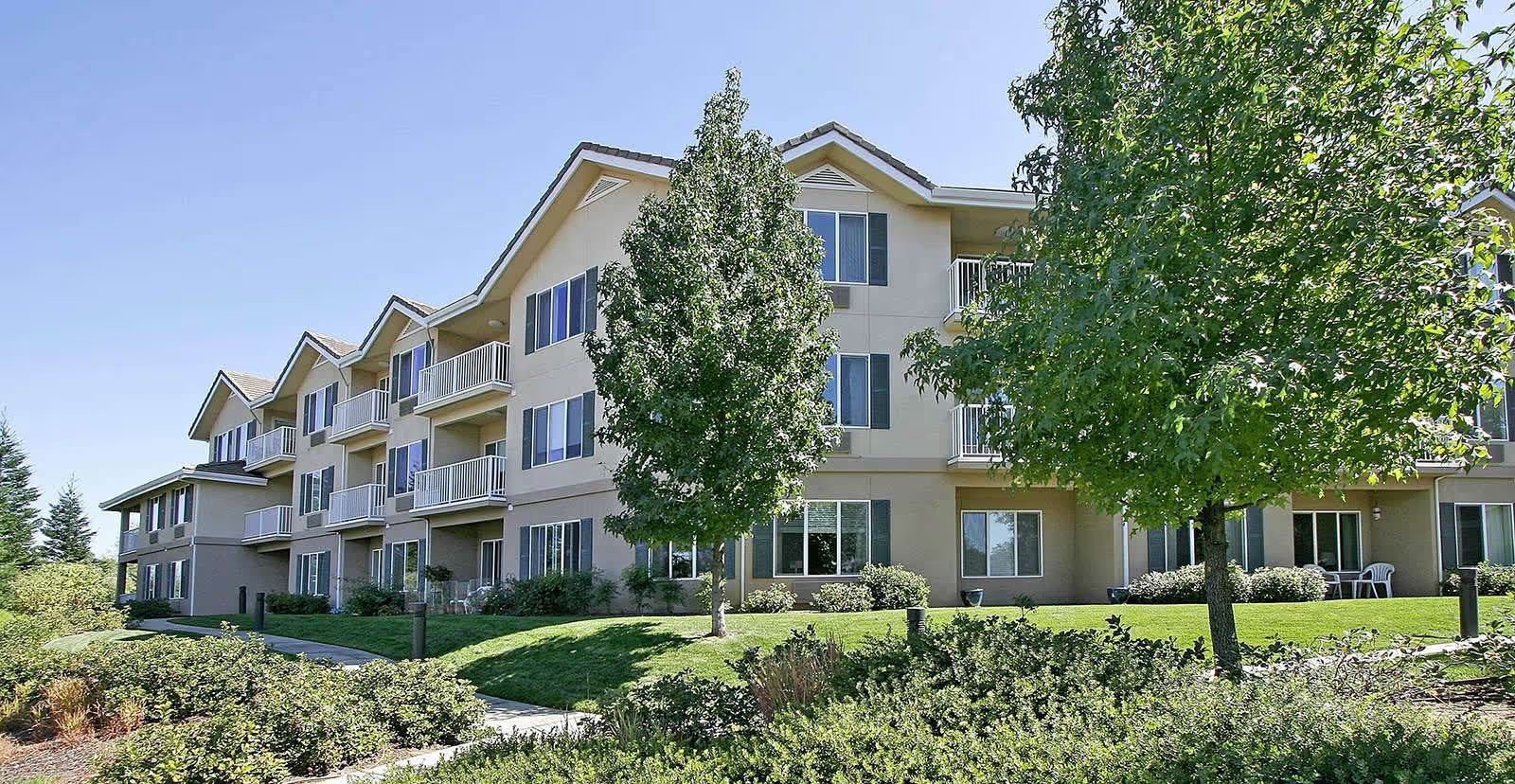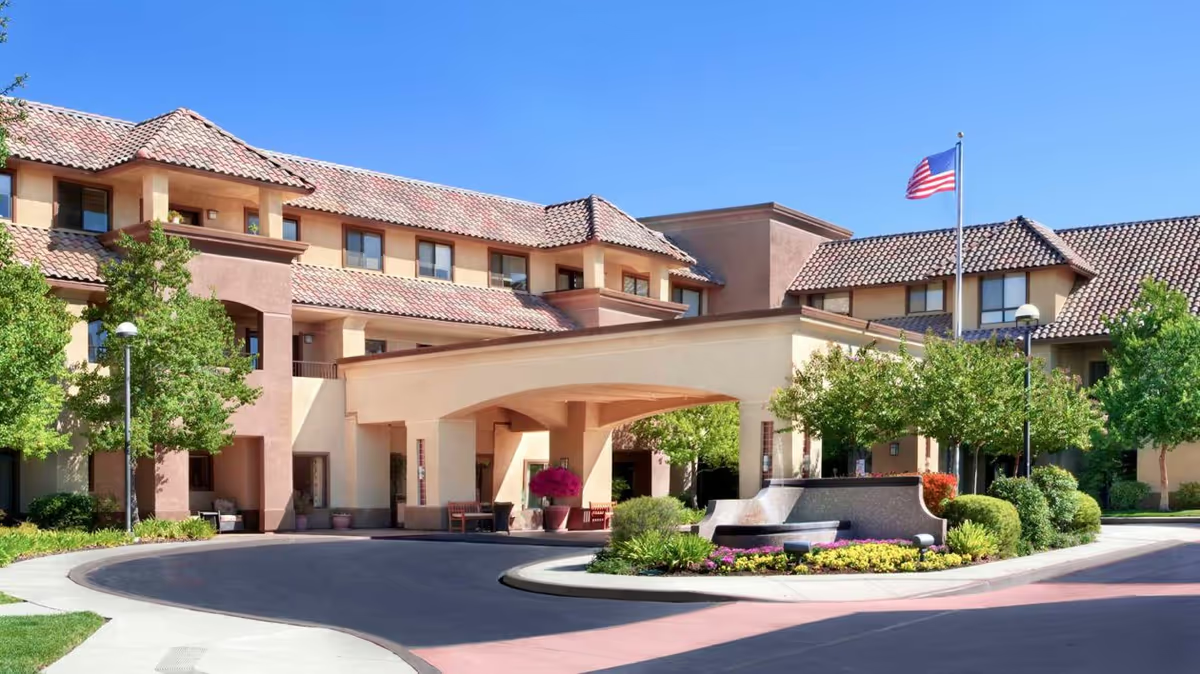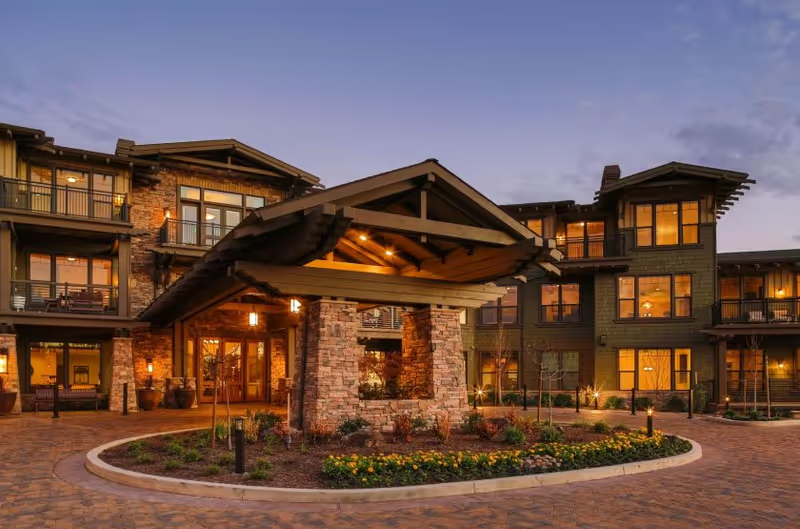Cherrywood Memory Care is a specialized community dedicated to supporting adults living with Alzheimer’s disease and related forms of dementia. This home is designed to provide not just residential care, but also respite and end-of-life care, ensuring continuity and familiarity for residents as their needs change. Cherrywood’s focus is on promoting both quality of life and safety, featuring operational protocols developed specifically to enhance the comfort and well-being of each individual.
From the moment you enter Cherrywood Memory Care, the inviting atmosphere is apparent. Warm colors, vaulted ceilings, and an abundance of natural light fill the interior, creating a setting that feels both uplifting and home-like. Throughout the community, beautiful décor and multiple seating areas are offered to residents and their families, inviting them to spend time together or simply relax in the calming environment, which is further enhanced by surround sound music that fosters relaxation and tranquility.
A highlight of Cherrywood Memory Care is its expansive courtyard, a secure outdoor space where residents have the freedom and independence to enjoy fresh air and nature whenever they wish. This emphasis on outdoor living ensures that residents retain as much autonomy as possible, while remaining safe and protected within the community’s boundaries.
Central to the Cherrywood experience is the Honoring Choice Program, which provides a wide range of life-affirming and engaging activities tailored to each resident’s individual abilities and cognitive strengths. The program is designed to encourage participation while respecting the preferences and needs of every person, enriching their daily experience and supporting emotional and physical well-being.
What truly sets Cherrywood Memory Care apart is a philosophy that life is not simply something that happens, but something that is actively made meaningful. Staff at Cherrywood are trained to foster joy, happiness, and activity among residents, helping everyone pursue an active and fulfilling life. This commitment to compassionate, specialized care defines Cherrywood’s approach, making it a community focused on respect, dignity, and the individual needs of each resident.
